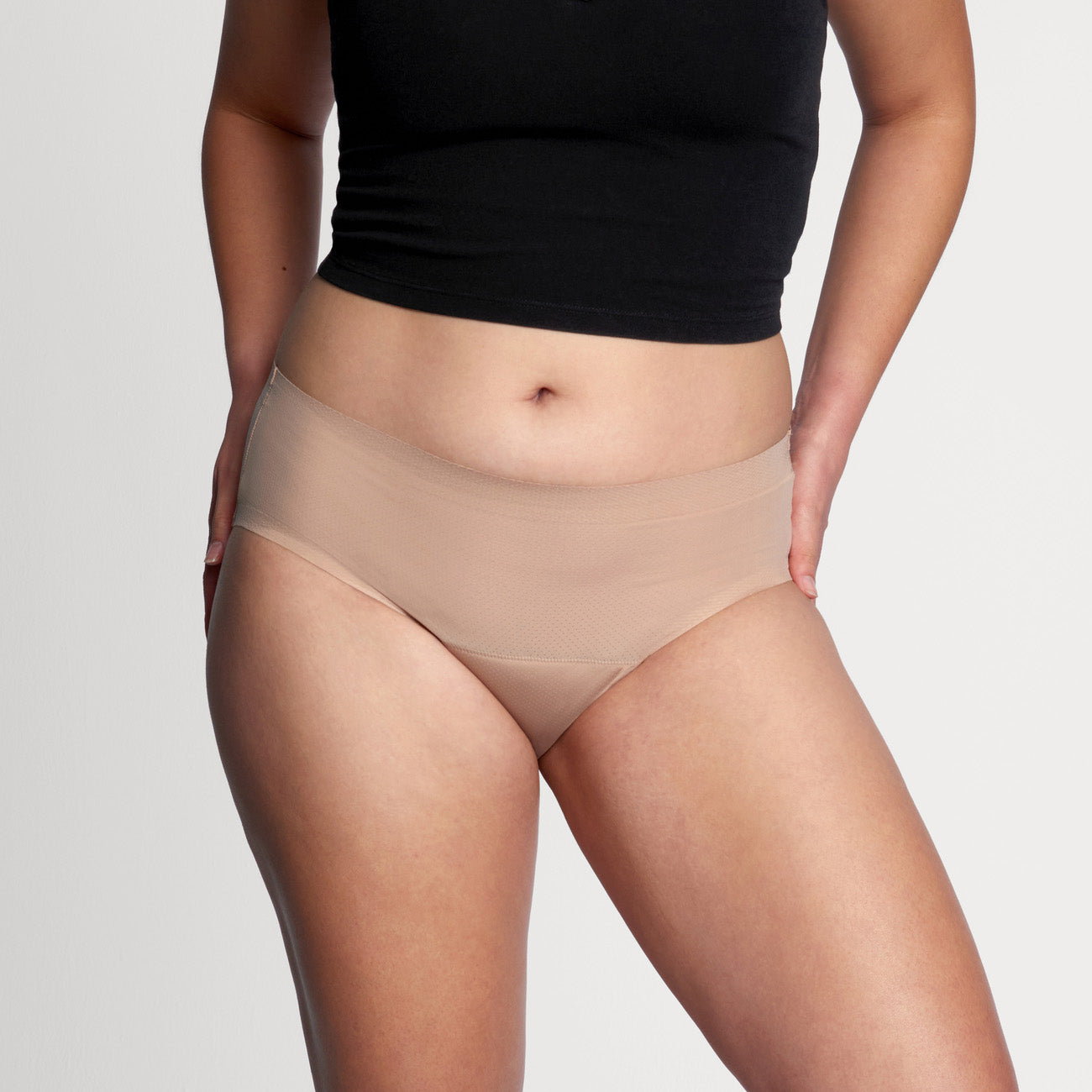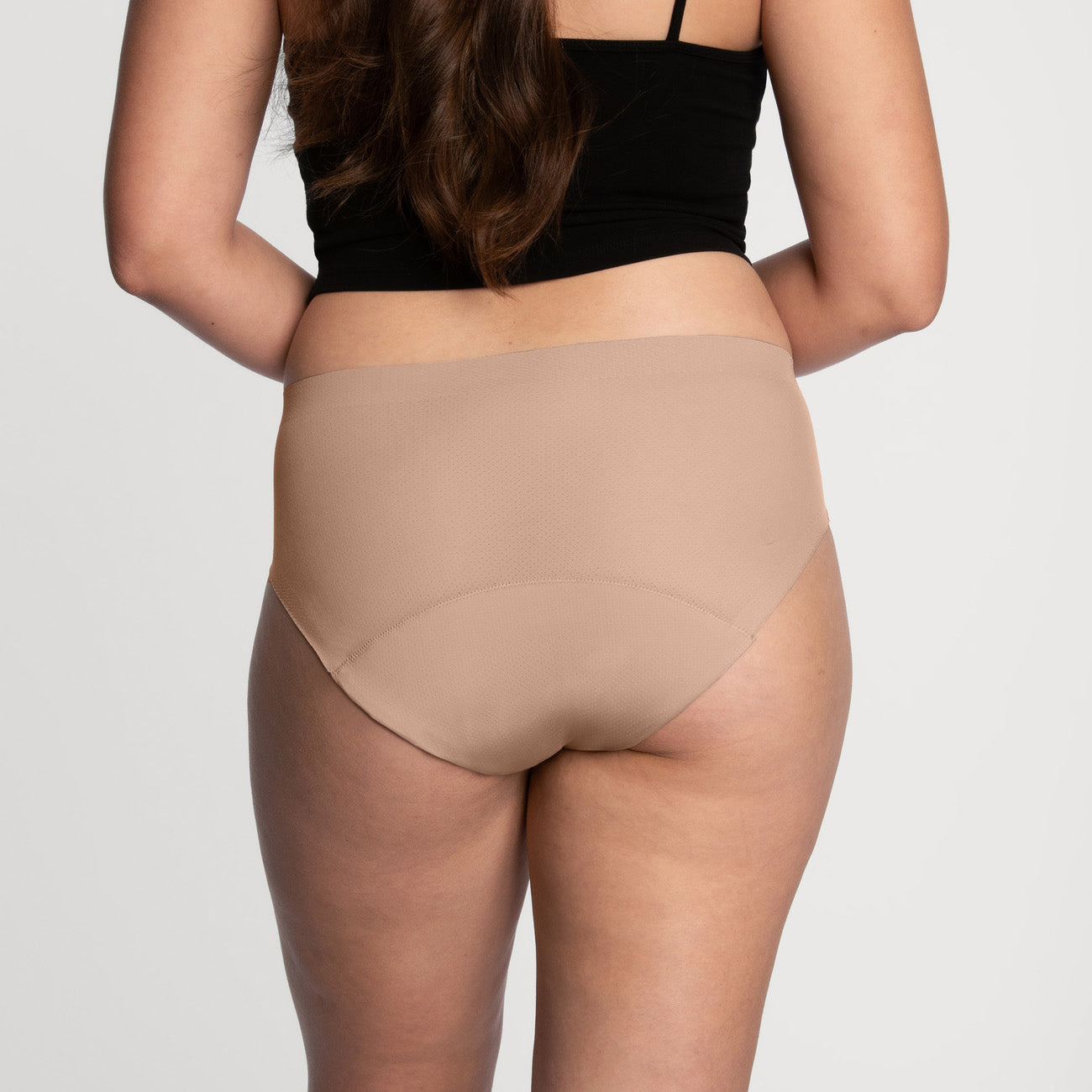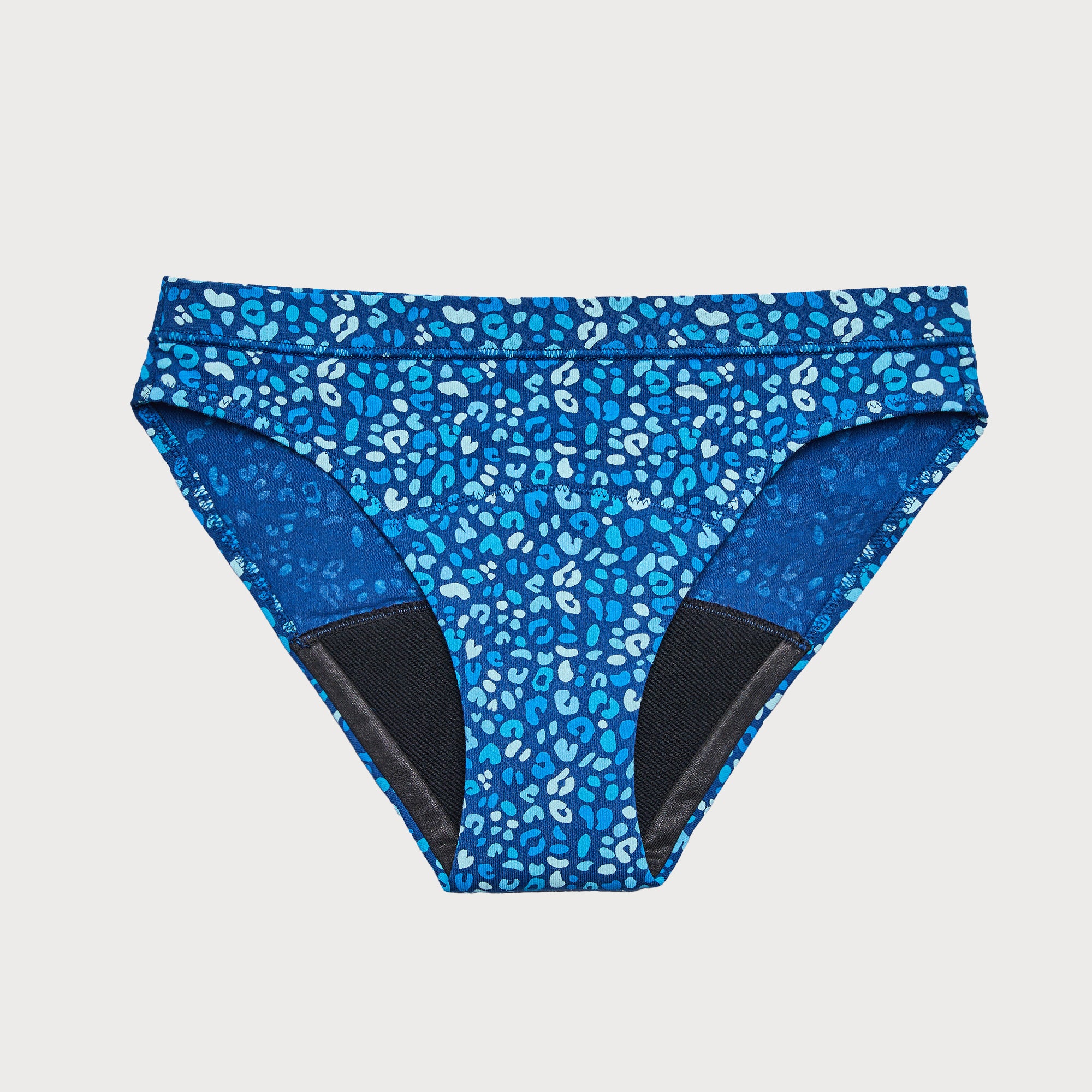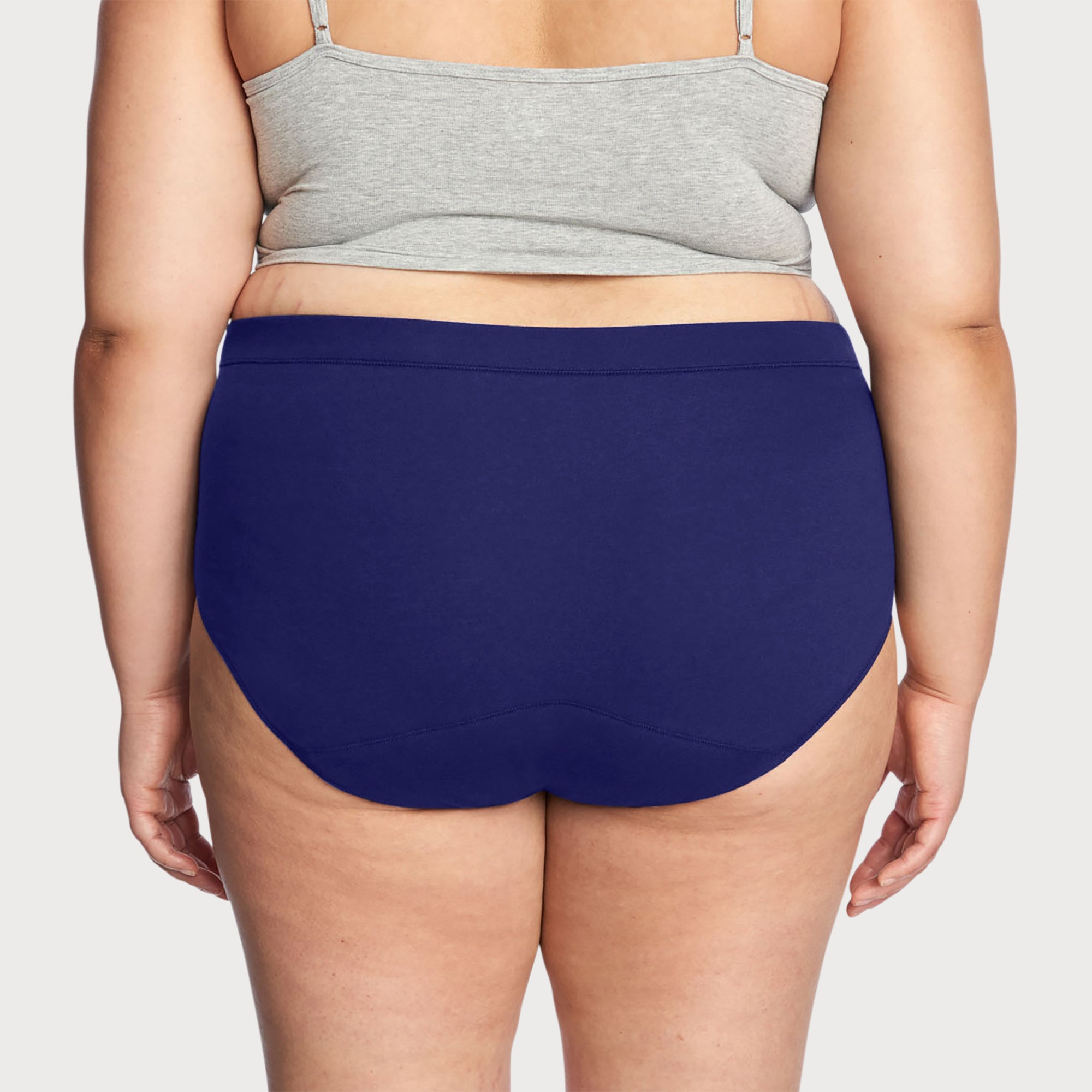Herbal Remedies To Try When Midol Ain't Cutting It
- Share this article Copy to clipboard

I'm crouching on the floor behind a cash register at work. My boss hovers over me and says, “You don’t look great, Tasha,” to which I reply, “I’ll be alright in a couple hours.” My period pain is settling in. That sharp, rhythmic feeling in my lower tummy that I know all too well. It drags all the blood to my center, leaving me cold, tingly, and light headed — like slipping into another reality. Not quite here, not quite there... but I don’t want to take painkillers for I fear I’ll numb out a sensation that I need to feel.
I don’t realize until I get home that I’ve literally gone green! (Not in a cute sustainability way, but in a I'm-going-to-puke way. Not a great look for a shop assistant in a natural cosmetics shop).
Still, in the grand scheme of things, I’m one of the lucky ones. My period pain is only incapacitating for a few hours. For others (like those who have endometriosis) it can go on for days, and the pain isn’t necessarily only during menstruation. Still, average painkillers don’t work for me because I have something called primary dysmenorrhea. Basically, that means bad period pain with no pathological cause (what a joy). And, like so many other period problems with no pathological cause, there is little to no medical treatment available (no really, what. a. joy).
My period sucks sometimes, but I know I’m not the only one dealing with serious period pain. The unfortunate fact of that matter is that for hundreds of years, if not more, we’ve accepted period pain as just something we have to deal with. I questioned this, because while training to be an herbalist, I found that herbs have a lot to offer when it comes to menstrual health that drugs may not. In my experience, herbs may help with the root cause, not just the symptom.
I’ve literally spent *years* trying to figure out which herbs help my period pain, and I was lucky to be working in a natural remedies shop at the time it began. My colleagues recommended herbs and inspired me to get a degree in herbal medicine. It was there that I was taught by insightful and experienced women who showed me how to listen to my body.
As it turns out, my period symptoms are amplified by stress and inflammation. The same may be true for you, but that doesn’t necessarily mean what works for my body works for yours, so *disclaimer alert* be sure to check with your doctor before you add any herbs, vitamins, or meds to your diet. Even small doses of natural stuff can make a big difference — as I’ve pleasantly found with the 5-herb period punch below.
1. Crampbark (Viburnum opulus)
It’s a muscle relaxant that releases tensions surrounding the womb to allow it to contract and bleed as normal. It needs to be taken from the time ovulation starts and throughout the painful days of menstruation for full effect. Crampbark has a bitter and aromatic taste which is difficult to take for some so I'd recommend 5ml of the tincture each day rather than a tea.
(Kabirian, et.al. 2011) (Traditional evidence only)
2. Chamomile (Chamomilla recutita)
You probably already know chamomile as the sleepy time herb, but it also may help with digestion. It can help ease any anxiety in the days leading up to your period, which may add to the pain you experience during your cycle. Using regular tea bags from the store? Put two bags in a cup of boiled water and steep for 5 minutes before drinking. Do this 2-3 times a day for best results. (Jenabi and Ebrahimzadeh, 2010).
3. Feverfew (Tanacetum parthenium)
Although it’s an antispasmodic mostly associated with migraines, Feverfew also has the ability to release spasm in the womb, and has an anodyne action, which means it reduces the sensation of pain. It's another bitter/aromatic tasting herb so I'd recommend taking 2.5ml of the tincture every day from ovulation 'til your period pain subsides. (Wood, M, 2008) (Traditional evidence only).
4. Evening Primrose Oil
It’s an anti-inflammatory supplement that helps reduce the production of prostaglandins, which are the li’l lipids responsible for symptoms like period cramps, headaches, and nausea during your flow. The amount you should take depends on the brand you buy. Always check the label for recommendations. And your doctor, duh.
5. Lady’s Mantle (Alchemilla vulgaris) and Raspberry Leaf (Rubus idaeus)
Technically this is a 6-herb punch, but both Lady’s Mantle and Raspberry Leaf are womb tonics, known for its abilities to aid in labor. Some people mistakenly believe these herbs initiate labor, but they actually tone the uterus, helping the muscles to work in better coordination during childbirth. That’s also why they may help your period pain too! Try drinking a cup of tea made from a teaspoon of either, or a blend of both, each day throughout the month. (Trickey, 2003)
Since using these remedies, I actually look forward to my period as a time to chill outttt. The moral of the story is: don’t just accept period pain. It might feel normal, but that doesn’t mean it has to be your normal. Work with your body. Listen to it. You’ll find there is an abundance of herbs and remedies that you can try, and this 5-herb punch is a good place to start.
What are the herbal or natural remedies you use to manage period pain? Share your hacks below!
Natasha Richardson is a medical herbalist from the UK who helps women have better periods with natural remedies and self-care rituals.
References
Kabirian, M., Abedian, Z., Mazlom,S., Mahram, B. (2011) Self-management in primary dysmennorrhea: Toward evidence-based education. Life Science Journal. [Online] Available at: http://www.lifesciencesite.com/lsj/life0802/03_4540life0802_13_18_kabirian.pdf. [Accessed: 19 September 2017]
Kunkel, S., Ogawa, H., Ward, P., Zurier, R. (1981) Suppression of chronic inflammation by evening primrose oil. Progress in Lipid Research. [Online] Available at: https://www.sciencedirect.com/science/article/pii/016378278190165X [Accessed: 16 February 2018]
Jenabi, E. and Ebrahimzadeh, S. (2010) Chamomile tea for relief of primary dysmenorrhea. Iranian Journal of Obstetrics, Gynecology and Infertility. [Online] Available at: https://www.cabdirect.org/cabdirect/abstract/20103382240 [Accessed: 19 September 2017].
Trickey, R. (2003) Women, Hormones and the Menstrual Cycle: Herbal and Medical Solutions from Adolescence to Menopause. UK. Allen & Unwin.
Wood, M. (2008) The Earthwise Herbal: A complete guide to old world medicinal plants. USA. North Atlantic Books.


















